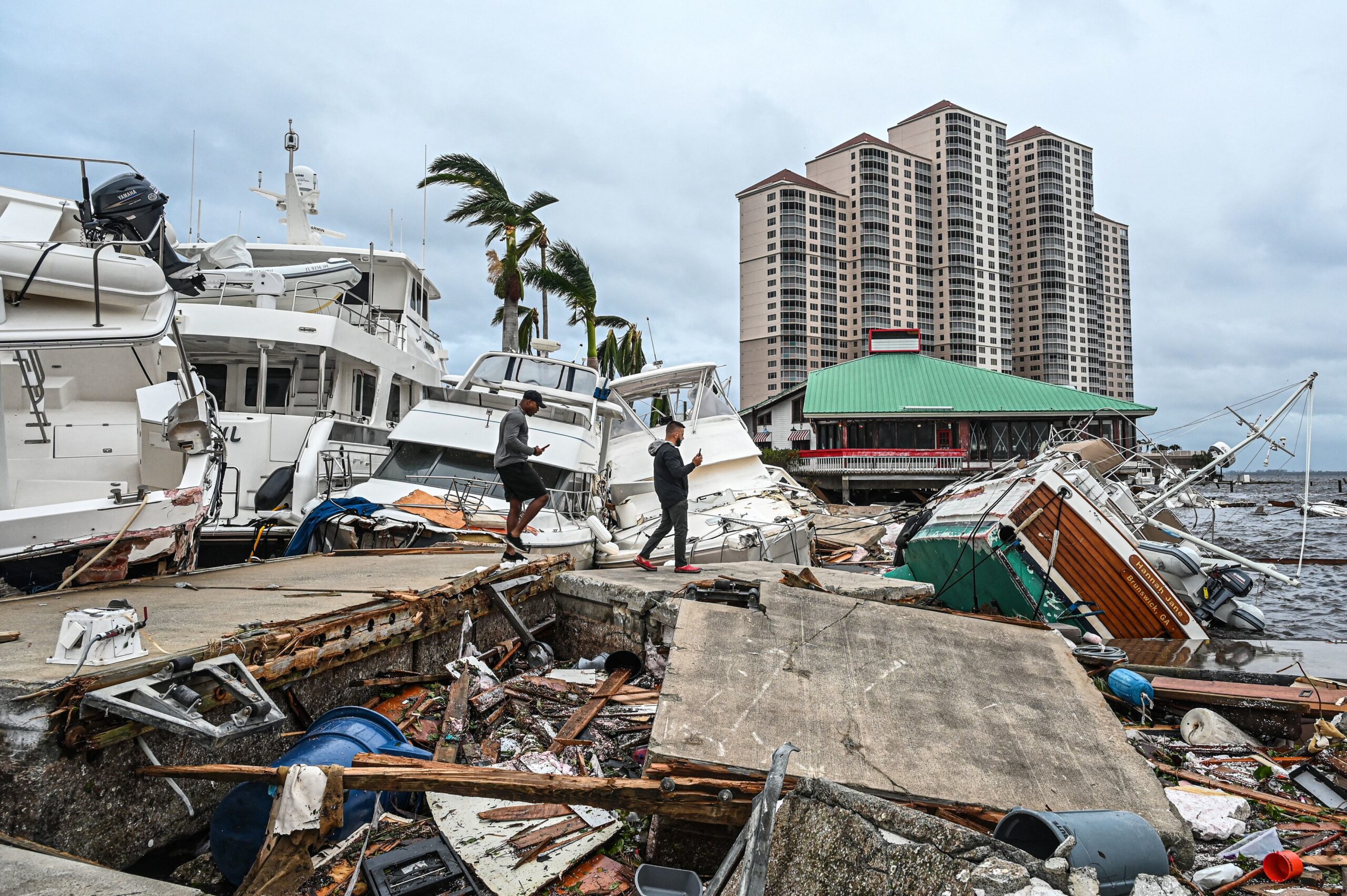October 2024, Florida — One of the most ferocious storms has finally arrived in Florida this week, causing tremendous destruction through flooding and leaving millions without power. The Category 4 storm slammed into the Gulf Coast with sustained winds as high as 130 mph, producing hazardous storm surges and persistent torrential rains all along many regions.
Path and Damage of Hurricane
The hurricane first made landfall near Fort Myers, then pummeled the coastal city before moving inland toward Tampa and Orlando. Floodwaters covered several neighborhoods and rescue teams evacuated in anticipation of this worst-case scenario across vulnerable regions, where water began rising. In some areas, storm surges reached as high as 12 feet and swamped flooded homes with rushes of water.
Over three million Floridians have experienced power cuts, and many towns are still awaiting the power on to return. Emergency crews will continue clearing highways and main access roads of debris, while first responders press on with their search and rescue activities.
“Everyone needs to stay in shelters or safe places,” Florida’s governor urged everyone present in a press briefing. “This storm has caused extensive damage and it is going to take months before they can gauge the extent.” Evacuation and Emergency Response
As the storm approaches, more than 500,000 people were evacuated from the Gulf Coast. Food and water were provided by restaurants and grocery stores, and medical attention was provided in schools and community centers. The National Guard is bringing thousands of troops into the area to assist with the recovery operations.
The teams for disaster relief have been mobilized by the Federal Emergency Management Agency across the entire state where they were immediately deploying themselves to the most-hit areas. Federal disaster aid also flows in for bolstering the surge of local relief efforts.
Casualties and Rescue Operations
At least 12 people reportedly died because of the hurricane. Damage is yet to be tallied, but search and rescue teams are fanning out in places where floodwaters swept communities away, looking for those stranded and in need of urgent care.
Thousands of Floridians were marooned in their homes by waters which rose quickly during the flooding. Rescue efforts have been underway, with helicopters and boats scanning through submerged streets by emergency responders.
Economic and Environmental Impact
This loss from the hurricane would probably run into billions of dollars. Citrus farms have been the worst casualty for the agriculture sector in Florida, as floods have destroyed crops there. Important sectors such as tourism have also seen major impacts as businesses remain shut and most of the flights are canceled.
The storm also exposed environmental concerns with the uprooting of trees, destruction of wildlife habitats, and erosion in coastal areas. Some environmental movements are even predicting that ecological damage may take years to recover from.
Climate Change
This hurricane marks the latest in a line of severe storms plaguing the state of Florida. According to climatologists, climate change is also part of the cause for increasing in their intensity and frequency. While the increased sea temperatures fuel more intense storms, the heightened sea levels make the storm surges reach higher along the coast, making the coastal areas more vulnerable.
According to meteorologists, with the effects that global warming is putting in place, this can be a regular occurrence within the years to come, placing Florida on shaky grounds.
Recovery and Reconstruction
As the storm continues its northward movement, Floridians have started assessing damage and beginning the long process of recovery. Official estimates predict that it will take weeks for some places to get electricity again, and months to be fully rebuilt.
The Governor reiterated total dedication towards restoration activities, promising that, “We will rebuild stronger, and we will learn from this disaster to better prepare for future storms.”
Citizens of Florida are being encouraged to stay up-to-date with official updates, steer clear of flooded regions, and take heed of safety guidelines as the cleaning operations continue.
How to Support
Those who would be willing to donate their time for the cause may volunteer relief efforts either through organizations such as the Red Cross or local food banks. Volunteers will have to distribute materials, as well as assist in the cleaning up process of the affected disaster area.
IMAGE SOURCE –











